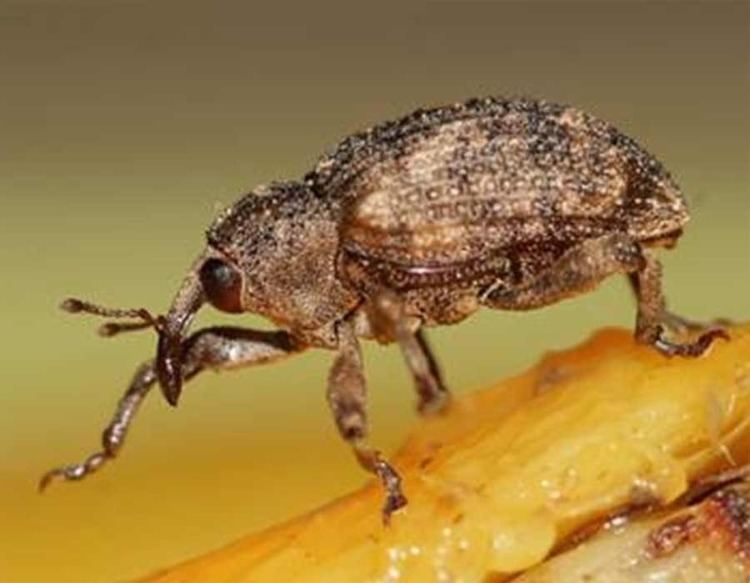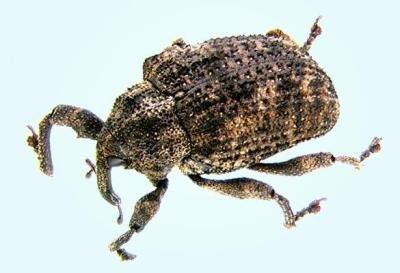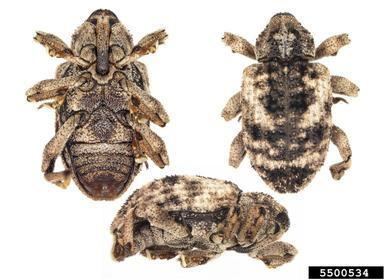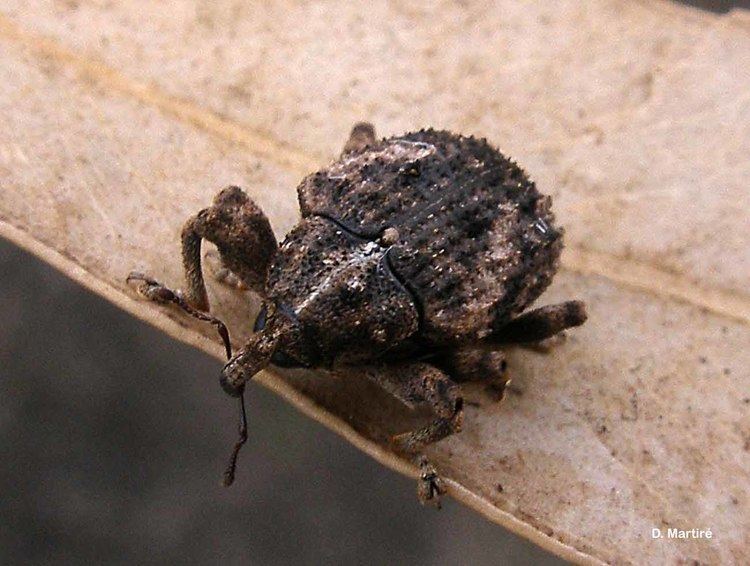Genus Sternochetus Rank Species | Order Beetle | |
 | ||
Similar Beetle, Oidium mangiferae, Cryptorhynchinae, Idioscopus, Conotrachelus | ||
Sternochetus mangiferae is a weevil commonly known as the mango seed weevil, mango stone weevil, or mango weevil. It is a compact weevil typical of the Cryptorhynchinae. It was first described in 1775 in the genus Curculio. The adults are 7.5-9.5 mm long and 4 mm in width.

The colour varies and they may be covered with black, greyish, reddish or yellowish scales. In Australia adult weevils are dark brown to black with grey markings. When disturbed, adults press their legs to the body, and fit their beak into a ventral groove. Females have an elevated ridge at the pygidial apex while it is rounded in the male. The adults are not strong fliers and are not found far from fallen fruit. New areas are infested by human transport of infested fruit. Eggs are elongated and creamy white and covered by a protective brown coating with two tiny tails at one end. It is widespread and occurs in most countries especially where mangoes are grown. The adult female lays eggs on the surface of the mango fruit. Larvae and pupae develop inside the fruit and adults emerge, cutting their way out of the seed and pericarp after the fruit falls and decays. Adults enter a diapause until the next fruiting season. Mango seed weevil is considered a pest on mangoes.

Control

A study from Australia reported that the weaver ant Oecophylla smaragdina acted as predator and deterrent to limit S. mangiferae damage on fruit. A baculovirus is also known to be a natural enemy of this weevil.
